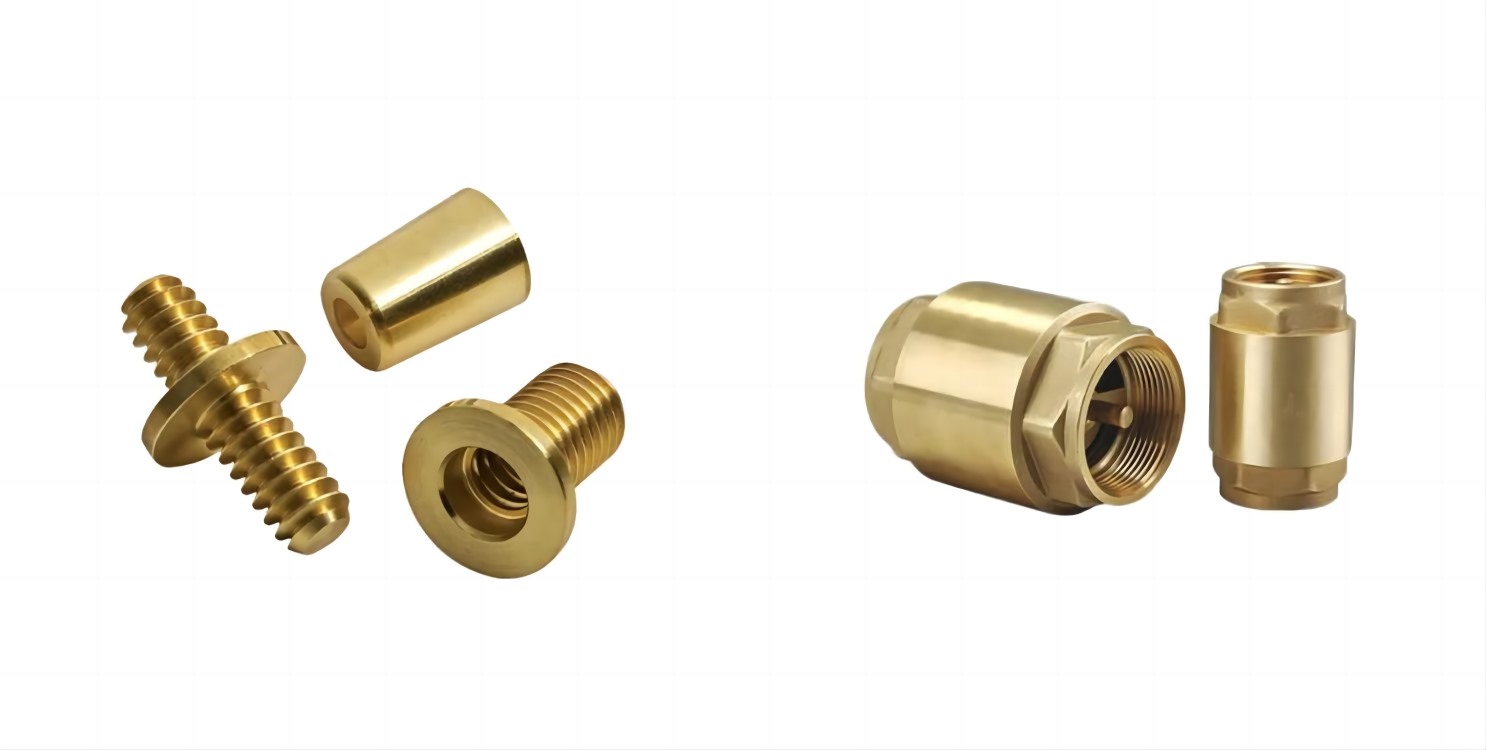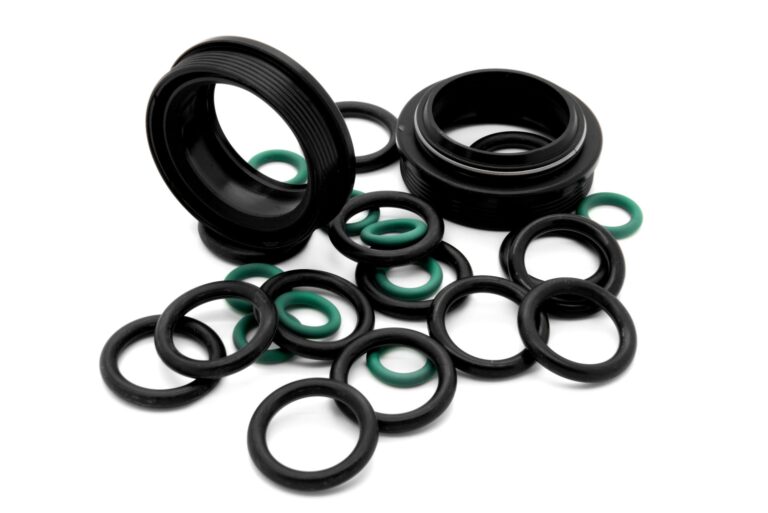Is Brass Magnetic
Metal is a metallic composite made essentially out of copper and zinc. It is known for its gold-like appearance and is generally utilized in different applications going from instruments to plumbing fittings.
Many wonder about the attractive properties of metal because of its metal piece and appearance looking like other attractive metals like iron. Understanding its attractive way of behaving can reveal insight into its special properties and utilizations.
Metal isn’t attractive. Regardless of containing metals like copper and zinc, which are not attractive themselves, the blend doesn’t give attractive properties to metal. This makes it unmistakable from ferromagnetic materials like iron and steel, which are drawn to magnets.
Overview Of Magnetism
Attraction, a principal power of nature, emerges from the movement of electric charges, essentially electrons. It appears in materials as a fascination or shock between objects. Magnets have unmistakable north and south poles, and inverse poles draw in while like poles repulse.
Attractive fields, undetectable lines of power, radiate from these shafts and impact close by objects. Earth’s attractive field, produced by its liquid iron center, shields the planet from unsafe sun oriented radiation. Attraction is essential in different advances, from electric generators to information capacity gadgets, forming our cutting edge world.
Why Is Brass Not Magnetic?
Metal, a composite of copper and zinc, isn’t attractive because of its nuclear design and the idea of its constituent metals. Neither copper nor zinc has unpaired electrons, which are essential for attractive properties. In metal Brass Bar suppliers, the electrons are organized so that their attractive minutes counterbalance one another.
The composite’s glasslike structure doesn’t uphold the arrangement of attractive spaces. Metal doesn’t show attraction and stays unaffected by attractive fields. This non-attractive property makes metal ideal for use in applications where non-attractive materials are fundamental.
Can You Pick Up Brass With A Magnet?
You can’t get metal with a magnet since metal is a non-attractive combination made fundamentally out of copper and zinc. These metals have no unpaired electrons, a necessity for displaying attraction. The electron designs in metal outcome in their attractive minutes counteracting, forestalling any attractive properties.
A magnet affects metal, making it ideal for use in conditions where attractive obstruction should be kept away from. Subsequently, endeavors to get metal with a magnet will be ineffective because of its inborn non-attractive nature.
Can You Magnetize Brass?
You can’t charge metal since it is a combination of copper and zinc, the two of which miss the mark on unpaired electrons required for attraction. In metal, the nuclear construction makes the attractive snapshots of electrons counteract one another.
Not at all like ferromagnetic materials, for example, iron, metal don’t have spaces that can be adjusted to deliver an attractive field. In any event, presenting metal to solid attractive fields won’t actuate attraction. Metal remaining parts are non-attractive no matter what the techniques applied to endeavor charge.
1- Electromagnetism
Electromagnetism, a basic power of nature, interlaces electric and attractive fields, showing how electric flows create attractive fields as well as the other way around. Found by James Assistant Maxwell, its standards support numerous cutting edge advancements, from electric engines to remote correspondence.
Electromagnetic waves, which incorporate light, radio waves, and X-beams, travel through space at the speed of light. The communication among electric and attractive fields empowers the transmission of energy and data across immense distances. Electromagnetism is crucial in forming how we might interpret the universe and progressing mechanical development.
2- Alloying Or Impurities
Alloying includes blending a metal in with different components to improve its properties, like strength, solidness, or protection from consumption. Contaminations, either deliberately added or normally present Why Is Brass Not Magnetic, can fundamentally influence a metal’s qualities. Adding carbon to press makes steel, an amalgam a lot more grounded than unadulterated iron.
Undesirable pollution can debilitate a metal, making it weak or lessening its conductivity. Alloying cautiously balances valuable augmentations and controls hurtful pollution to accomplish wanted material properties. This cycle is pivotal in different ventures, from development to aviation, guaranteeing ideal execution of metal parts.
Factors Affecting Magnetism Of Brass
The attraction of metal, a compound of copper and zinc, is intrinsically immaterial because of its nuclear design and the properties of its constituent metals. Copper and zinc both have electron setups that need unpaired electrons, fundamental for attraction.
Also, the glasslike design of metal forestalls the arrangement of attractive spaces, critical for attractive way of behaving. In any event, alloying metal with different components commonly doesn’t actuate attraction, as the essential metals overwhelm its properties. Outside attractive fields additionally neglect to charge metal. Metal remaining parts are non-attractive under run of the mill conditions.
FAQ’s
Will A Magnet Stick To Brass?
No, a magnet won’t adhere to metal since metal is a non-attractive combination of copper and zinc, without the properties expected to answer attractive fields.
How Can You Tell If It’s Brass?
You can determine whether it’s metal by its particular yellowish-gold tone and by checking for a non-attractive reaction, as metal doesn’t draw in magnets.
Why Is My Brass Slightly Magnetic?
Your metal may be marginally attractive assuming it contains hints of ferromagnetic pollution like iron, which can grant minor attractive properties to the combination.
Why Is Brass Not Attracted To A Magnet?
Metal isn’t drawn to a magnet since it needs unpaired electrons in its nuclear construction, which are fundamental for showing attractive properties.
Conclusion
Attraction and materials like metal feature the complex transaction between nuclear construction and actual properties. Understanding the reason why certain substances are attractive while others, similar to metal, are not, highlights crucial standards of physical science.
Whether investigating electromagnetism or amalgam attributes, these ideas shape innovative progressions and regular applications. Embracing these standards improves our capacity to control materials for development while valuing the regular regulations overseeing their ways of behaving.
Stay in touch with us for more updates and alerts! Aoomaal.Org






